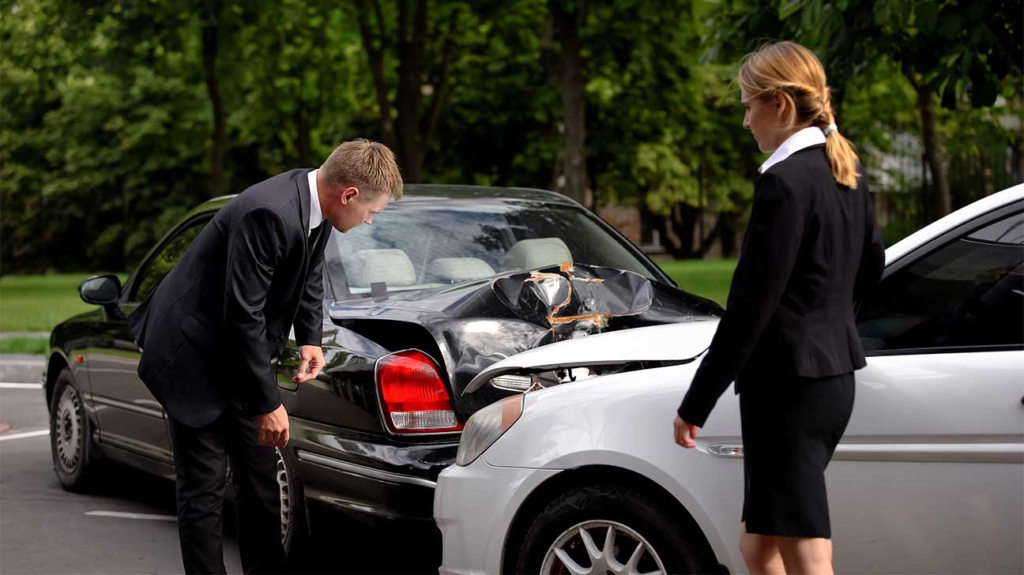Scaffold accidents are a significant concern in the construction industry, often leading to severe injuries or even fatalities. These incidents can occur due to various factors, including improper assembly, lack of training, or failure to adhere to safety protocols. This article explores the causes, consequences, and preventive measures associated with scaffold accidents, aiming to raise awareness and promote safer practices.One of the primary causes of scaffold accidents is the improper assembly of scaffolding structures. When scaffolds are not erected correctly, they become unstable and prone to collapse. Common mistakes include:
- Inadequate bracing or support
- Overloading the scaffold with excessive weight
- Using damaged or substandard materials
Another critical factor contributing to scaffold accidents is the lack of proper training. Workers who are not adequately trained may not recognize potential hazards or know how to use scaffolding safely. Training should cover:
- Correct assembly and dismantling procedures
- Load capacity limits
- Fall protection measures
Environmental conditions also play a role in scaffold accidents. High winds, rain, or snow can destabilize scaffolds, making them hazardous. Employers must monitor weather conditions and take appropriate precautions, such as securing loose materials or temporarily halting work during adverse weather.The consequences of scaffold accidents can be devastating. Injuries range from fractures and sprains to more severe outcomes like spinal cord injuries or traumatic brain injuries. In some cases, these accidents result in fatalities, leaving families and coworkers to cope with the loss. Beyond the human toll, scaffold accidents can lead to:
- Legal liabilities for employers
- Increased insurance premiums
- Project delays and financial losses

Preventing scaffold accidents requires a proactive approach. Employers must ensure that scaffolds are inspected regularly by competent personnel. Inspections should occur:
- Before each work shift
- After any event that could affect the scaffold’s stability
- Following adverse weather conditions
Fall protection is another critical aspect of scaffold safety. Workers should use personal fall arrest systems or guardrails when working at heights. Additionally, employers must provide:
- Properly fitted harnesses
- Anchorage points
- Training on fall protection equipment
Communication is also vital in preventing scaffold accidents. Workers should report any safety concerns immediately, and supervisors must address these issues promptly. Regular safety meetings can help reinforce the importance of scaffold safety and keep it at the forefront of everyone’s mind.In conclusion, scaffold accidents are preventable with the right measures in place. By addressing the root causes, such as improper assembly, lack of training, and environmental factors, employers can create a safer work environment. Investing in safety not only protects workers but also benefits the company by reducing liabilities and maintaining productivity. Remember, safety is everyone’s responsibility, and a collective effort is needed to eliminate scaffold accidents.

